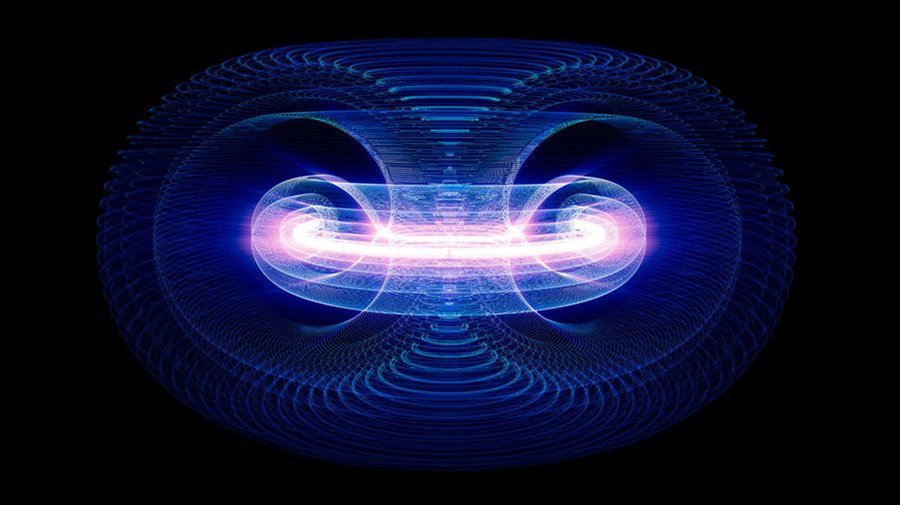Voicing a Tech Revolution at Arizona State
Voicing a Tech Revolution at Arizona State


The new program is designed to enhance students’ experience by giving them touch-free access to information and services tailored to campus living. ASU
In what is believed to be the first of a new kind of engineering school-industry partnership, Arizona State University and Amazon are collaborating to bring a voice technology program to ASU engineering students supported by the technology company’s Alexa-enabled devices team.
The institutions share a belief that society is on the brink of an age when advanced voice technology will soon be ubiquitous.
“Voice is the next serious revolution in information technology science,” says Kyle Squires, dean of ASU’s Fulton Schools of Engineering. “[The partnership is] about innovation and ensuring our graduates are equipped to play a leadership role as voice-enabled technology becomes part of everyday life in homes, shopping malls, workplaces and cities.”
The program is seen as mutually beneficial. The learning prepares students for the workplace as well as offering them opportunities to connect with leading companies in their field where they may want to seek employment.
“It brings them closer to what it’s going to be like in practice,” says Squires. Furthermore, Alexa-enabled Echo Dot smart speakers, donated to engineering students by Amazon as part of the program, speak straight to the engineering program's mission, says Squires. “[They] merge the living environment with the learning environment."
For companies in fields where there is great demand for engineers, Amazon believes the more the companies are visible on campus, whether in a classroom or involved in a design challenge, the better positioned the company will be to attract the best engineers. Additionally, collaboration with ASU will help Amazon learn how Echo Dots are used to guide the company in determining the best role for Alexa to play in the future of computing as well as how to integrate Alexa into both living spaces and academic life.
In a statement, Amazon says the ASU partnership is just the beginning of its support of voice in higher education: “We imagine a world where voice will be used by professors, administrators, ed-tech professionals, and students in the higher education world for a variety of purposes.”
The program is multi-faceted. Several undergraduate engineering courses incorporating voice-user interface development have been introduced with more to come.
“Students will learn what underlies the skills beyond how you program [a specific application],” Squires says. “They will learn the foundational knowledge that goes into the application of voice programs. A computer scientist needs to know the foundation that enables the application so that the skill can be adapted to another technology or a different company’s application that might do the same thing but in a different way, he explains.
Voice application development is also incorporated into several ASU student project and outreach programs. Students can also build Alexa skills, both independently and in the classroom, using Amazon-donated Alexa development kits that include application program interfaces, tools, documentation, and code examples, intended to prepare students for joining the growing community of voice developers.
The collaboration is also seen as helping fulfill a broader mission to make ASU a “smart campus,” a place where sensing, connectivity, and data analytics help inform decision making, optimize operations and energy efficiency, and create a highly personalized campus experience for the entire university community. To that end, the Echo Dots Amazon donated are offered to each of the 1,600 engineering students living in the school’s newly built architecturally and technologically state-of-the-art living and learning community, called Tooker House. This space is believed to be the first voice-enabled, learning-enhanced residential community on a university campus.
In addition to the standard Echo Dot capabilities of voice interaction, music playback, to-do lists, setting alarms, streaming podcasts, playing audiobooks, providing real-time information, controlling smart devices, and more, student developers working in the ASU University Technology Office, guided by the Alexa team, created an ASU-specific skill for Alexa to enhance the campus experience for all as well as to encourage students to build other skills of their own. Anyone with an Alexa-enabled device can use the ASU user interface to get information about the university, including opening and closing hours for buildings and businesses, academic calendar dates, academic schedules, sports events and concerts, and even to play the ASU fight song.
Scott Odle, one of the developers who expects to graduate next May, says the team even incorporated a couple of insider jokes, mostly related to the football team and its rivalry with the University of Arizona.
Squires presents another scenario on ways voice technology can be helpful: A student takes notes in a class and can look at a website to see course materials and assignments. Alexa adds another layer because the student can say to Alexa, “’Can you get more information about the topic we discussed in class today?’ The students can embed it into an experience instead of sitting down, opening the computer, and looking things up. That’s just one example,” Squires says.
“This program is important to our growth,” he says. “Bringing voice technology into our classrooms and onto our campus reflects our commitment to both the breadth and depth of the student experience at the largest engineering school in the nation.” Nancy S. Giges is an independent writer.
We imagine a world where voice will be used by professors, administrators, ed-tech professionals, and students in the higher education world for a variety of purposes.Dr. Kyle Squires, Dean, Ira A. Fulton Schools of Engineering, ASU


.png?width=854&height=480&ext=.png)
